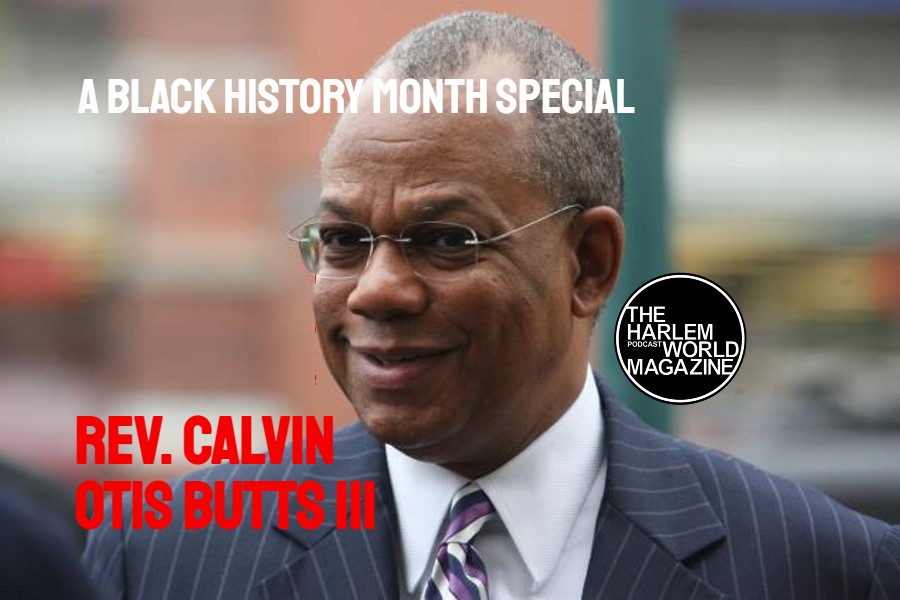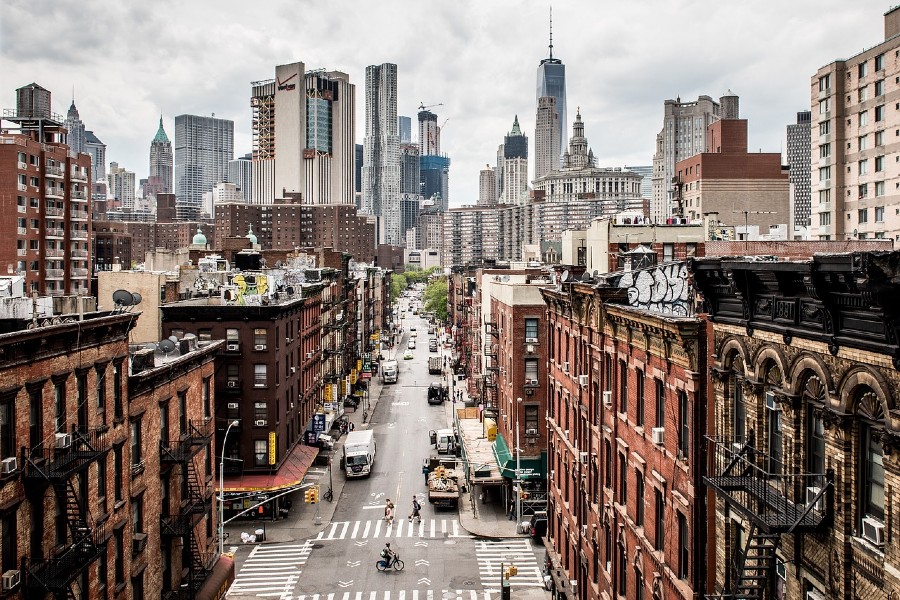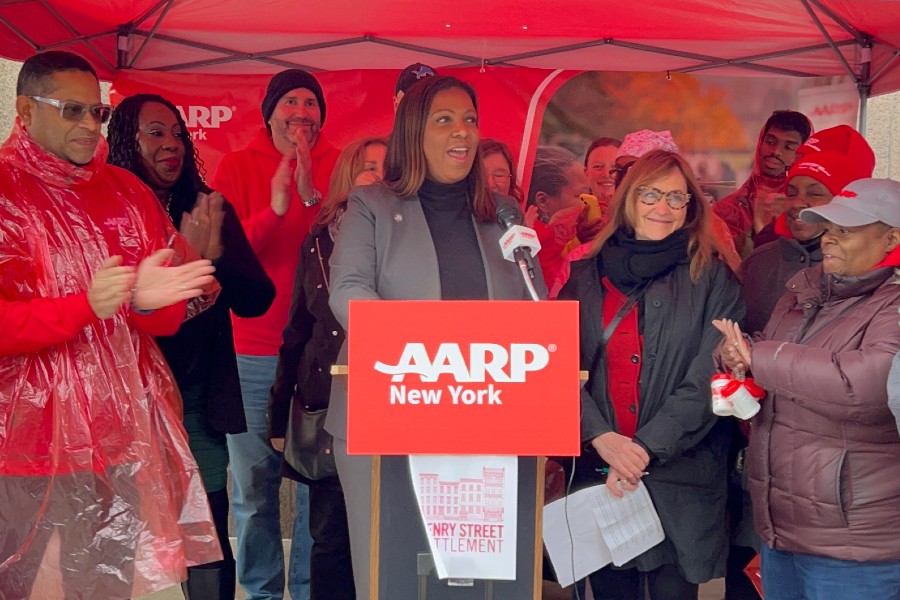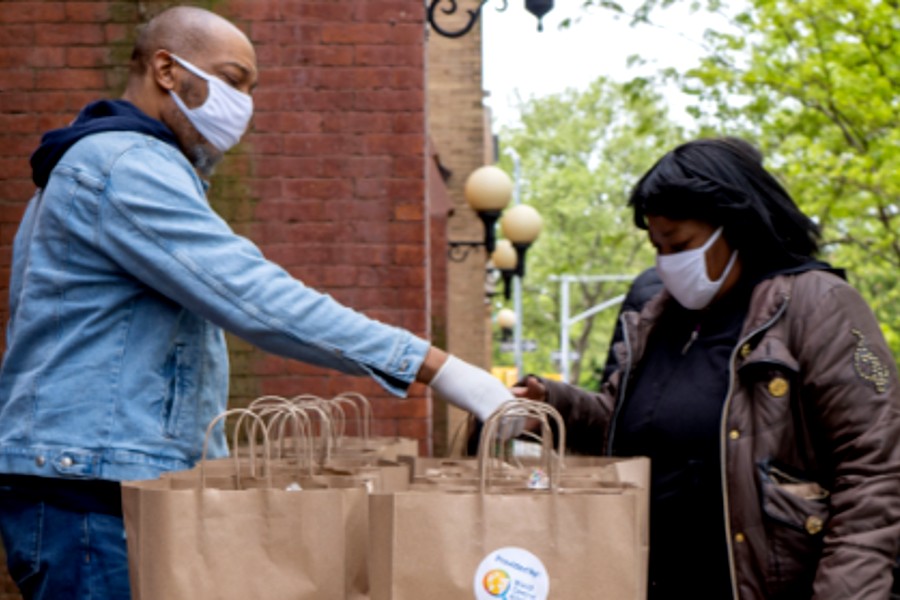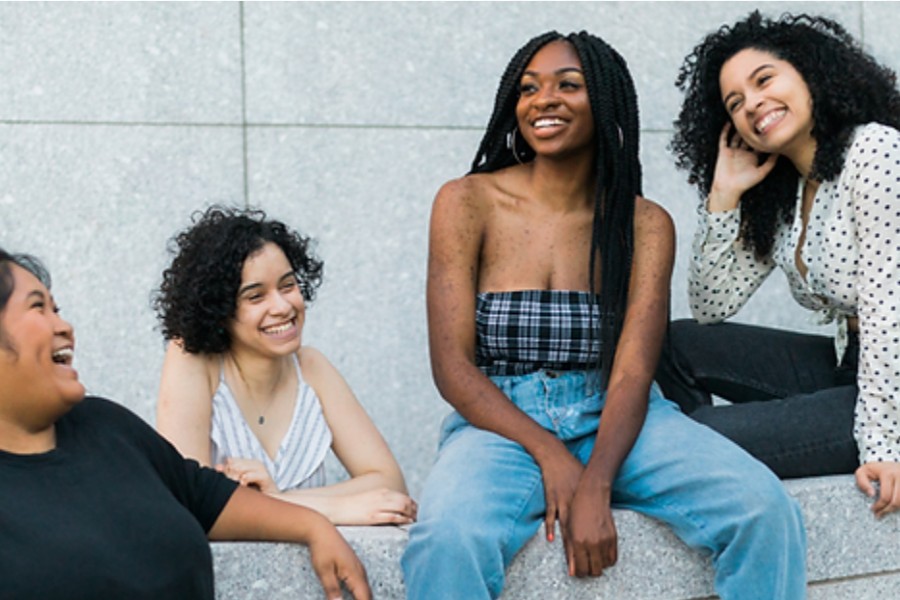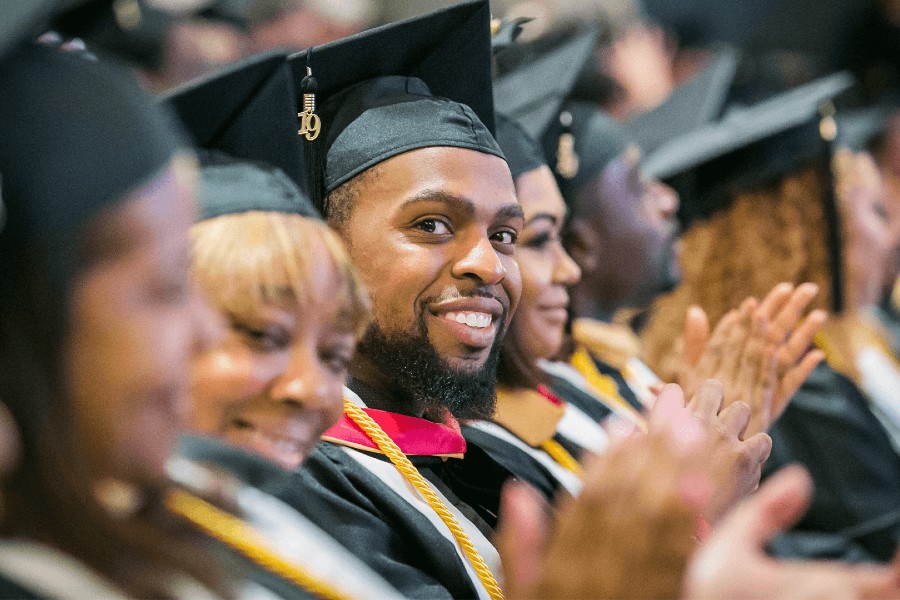In “White Mischief,” in this week’s issue of the New Yorker magazine, Kelefa Sanneh writes about Carl Van Vechten, a “New York hipster and literary gadabout” who was an unlikely champion of the African-American experience as it unfolded on the streets of Harlem in the nineteen-twenties. Van Vechten, a white man from the Midwest, arrived in New York in 1906 and took a job as a music and dance critic for the Times.
He was quickly drawn to the night clubs of Harlem, and became, in his own words, “violently interested in Negroes.”
Sanneh explains how Van Vechten eventually considered himself not only a supporter of the Harlem Renaissance but a vital part of it.
He and his second wife, the actress Fania Marinoff, hosted integrated parties at their apartment on West Fifty-fifth Street; he also developed close friendships with black artists like Langston Hughes, who, Sanneh writes, was “widely perceived as Van Vechten’s protégé.”
Although Van Vechten made his name as a writer, he began to explore photography in the early nineteen-thirties, shooting black-and-white portraits of people like Orson Welles, Salvador Dali, and Georgia O’Keeffe.
In 1939, Van Vechten switched to color film, after discovering the vibrancy of Kodachrome. He started photographing luminaries of the Harlem Renaissance, including W. E. B. Du Bois and Zora Neale Hurston, many of them his friends, posing his subjects against colorful swaths of silk and velvet or brightly patterned tapestries.
Van Vechten’s photographic project, which lasted a quarter of a century, represents a rich and lasting record of one man’s interest in a culture that he believed represented the “essence of America” (source).
Photographs credit: by Carl Van Vechten. Courtesy of the Carl Van Vechten Trust/Beinecke Rare Book and Manuscript Library, Yale University.
Related articles

Become a Harlem Insider!
By submitting this form, you are consenting to receive marketing emails from: Harlem World Magazine, 2521 1/2 west 42nd street, Los Angeles, CA, 90008, https://www.harlemworldmagazine.com. You can revoke your consent to receive emails at any time by using the SafeUnsubscribe® link, found at the bottom of every email. Emails are serviced by Constant Contact























